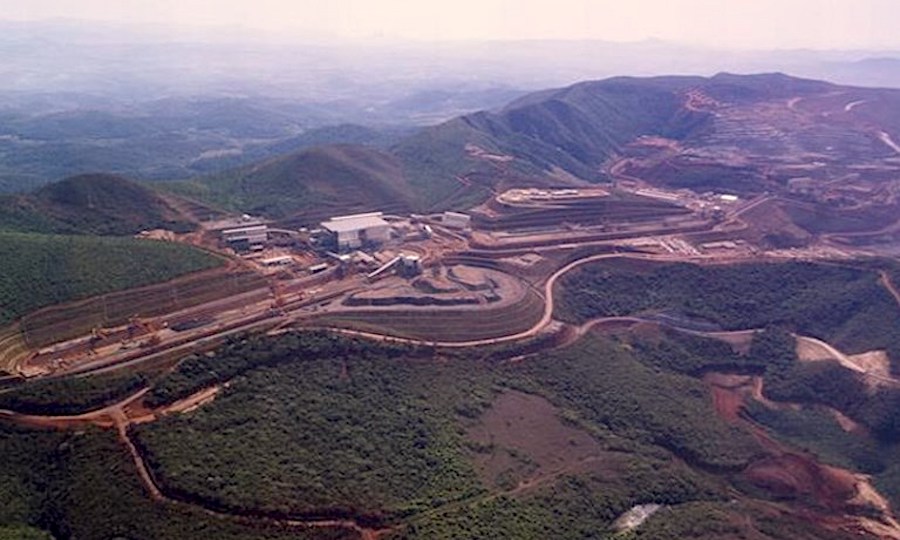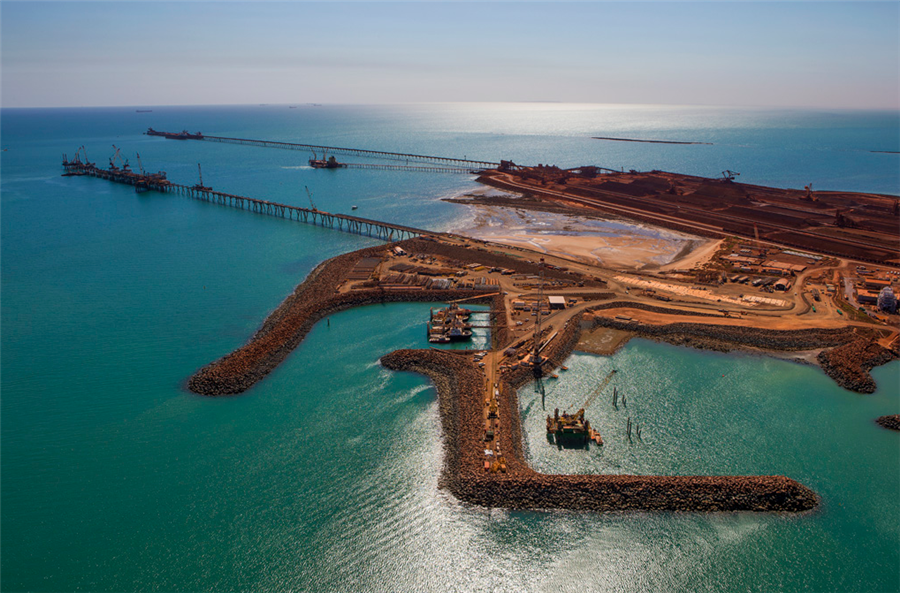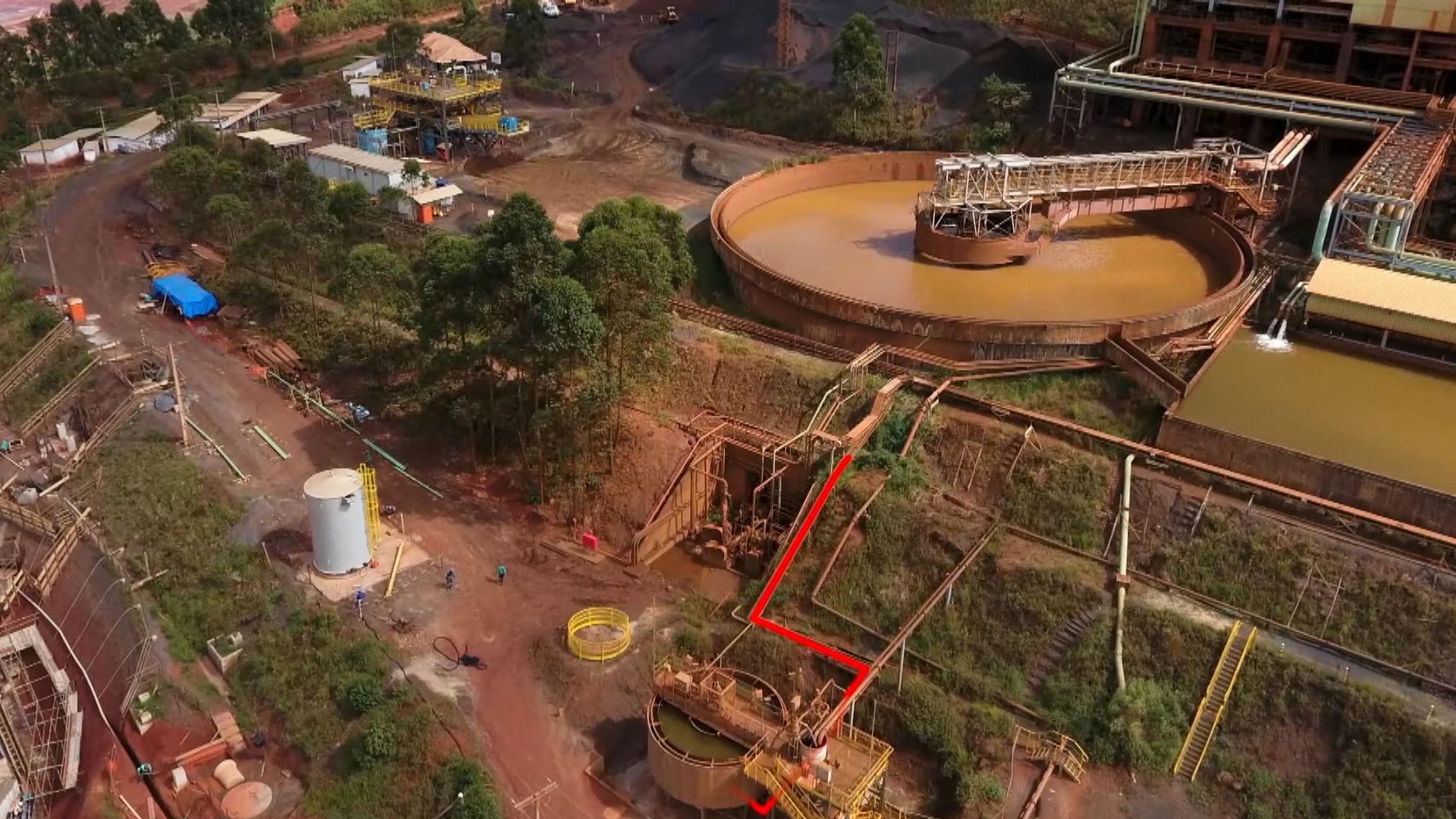Vale, other Brazil miners ramp up production as rains subside

Brazilian miners including Vale SA are resuming production in the southeastern state of Minas Gerais after halting some operations due to heavy rains that disrupted logistics and increased the risk of accidents.
Vale said in a securities filing on Monday that the Brucutu and Mariana mines were gradually ramping up production as part of its Vitoria-Minas railway was cleared, allowing iron ore to be moved.
Vale said the stoppages affected production of about 1.5 million tonnes of iron ore. Still, the company reaffirmed its iron ore production guidance for 2022 at 320-335 million tonnes.
Vale said the Aboboras, Vargem Grande, Fabrica and Viga sites also were gradually resuming production.
On Saturday, steelmaker Usiminas announced it was slowly restarting production at its Mineracao Usiminas (MUSA) mining subsidiary. Samarco, a joint venture between Vale and BHP , told Reuters it too had resumed production last week as rains subsided.
Anglo American’s Minas-Rio system operated normally during the rainy season, the company said in a statement. Its dam and dikes at the mine remain secure and are permanently monitored, it added.
Steel maker CSN, which shut down CSN Mineracao’s Casa de Pedra mine, said it has partially resumed operation there, and ore loading at the port of Itaguai, in Rio de Janeiro, has restarted.
The company said it was still monitoring the dams at Casa de Pedra and is repairing damage caused by the rain, stressing that no anomalies have been detected and structures remain safe and stable.
France’s Vallourec, which paused its Pau Branco mine after the showers caused a dike to overflow, said on Monday its operations were still halted. Newspaper Valor Economico reported the company was in talks with authorities to resume operations and settle financial penalties.
Vale said two structures in Minas Gerais remained on alert due to the rains. The Area IX dam, a currently inactive upstream asset, had its alert level raised to 2 from 1, meaning more containment measures are needed to avoid a collapse. The Elefante dike is at alert level 1, which means its overall stability is not compromised.
“The company has already initiated studies and corrective actions … There is no permanent occupation of people in the corresponding zones and no additional evacuation is required,” Vale said.
In addition to heavy rainfall in southeastern Brazil last Monday, downpours also caused deadly floods in the northeast and threatened to delay harvests in the midwest.
(By Gabriel Araujo, Ana Mano, Marta Nogueira, Carolina Pulice and Peter Frontini; Editing by Louise Heavens, Kirsten Donovan, Bill Berkrot and David Gregorio)
More News
Rio Tinto posts lowest Q1 iron ore shipments since 2019, tempers forecast
April 15, 2025 | 03:55 pm
Trump orders tariff probe on all US critical mineral imports
April 15, 2025 | 03:16 pm
{{ commodity.name }}
{{ post.title }}
{{ post.date }}




Comments